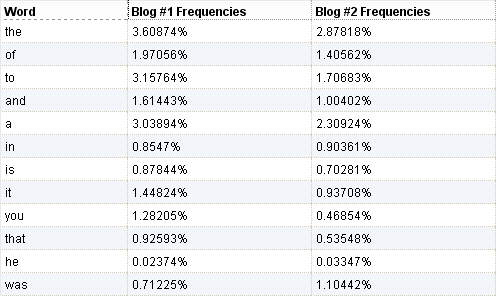Packt Publishing, the same book publishing company that sent me the Dojo book, has offered me another free book in exchange for a review, this time on the JavaScript framework Ext JS. I don’t consider myself an expert book reviewer, however, it sounded like another a great opportunity/excuse to learn something new, so I took them up on it.
The book is titled Learning Ext JS and is written by Shea Frederick, Steve ‘Cutter’ Blades, and Colin Ramsay. So far I’ve read about 60 pages, and it’s looking like it’s going to be a pretty good book. It’s paced well and the authors seem to have a good sense of humor (they introduce Ext JS message boxes using a character from Office Space), though I still have around 190 pages left, so there’s still a long way to go.

Example Ext JS Message Box
Ext JS doesn’t appear to be too different from other JavaScript frameworks I’ve tried, though its main focus seems to be in creating slick looking web interfaces. It was originally created as an extension to the Yahoo User Interface (YUI) library, however, due to its popularity, it ended up growing into a stand alone JavaScript framework. Since it was developed with YUI in mind, it initially required YUI to be present to do the behind the scenes work. This changed over time, first with adapters being written so other frameworks (like jQuery and Prototype) could be used to do the core functionality, and then later so that Ext JS came as a complete, stand alone product. Though during this last phase they did keep the hooks in so that you could still use an adapter and have another framework to do the behind the scenes work if you wanted.
From what I’ve seen of Ext JS so far, it’s looks pretty impressive. The offical
Feed Reader and Web Desktop sample apps look especially cool. The only negative I can see, which was initially pointed out to me by Sloat, is that license for the library is the GPL. This means that apps you write using it would be under the GPL and you would have to release the code for them under the GPL. You can avoid doing this by purchasing a commercial license, though this would cost you between $289 and $18,699, depending on the license and support options you picked.
Knowing this, I probably wouldn’t write any large applications using Ext JS, unless I planned to purchased a license. However, for most of the stuff I write, I don’t mind the source code being available, so having to use the GPL is annoying but not a deal breaker. This is something you should think about before you decide to use the Ext JS library though, because this license requires that you release your source code under the GPL.
Anyway, hopefully this experience will lead me to learning a couple of new tricks and being able to create some nicer looking apps. Instead of waiting until I finish the book to do any kind of in depth work with the framework, I think I’m going to try and be a little more interactive this time and write stuff as I go. That way I don’t end up ignoring this site.

